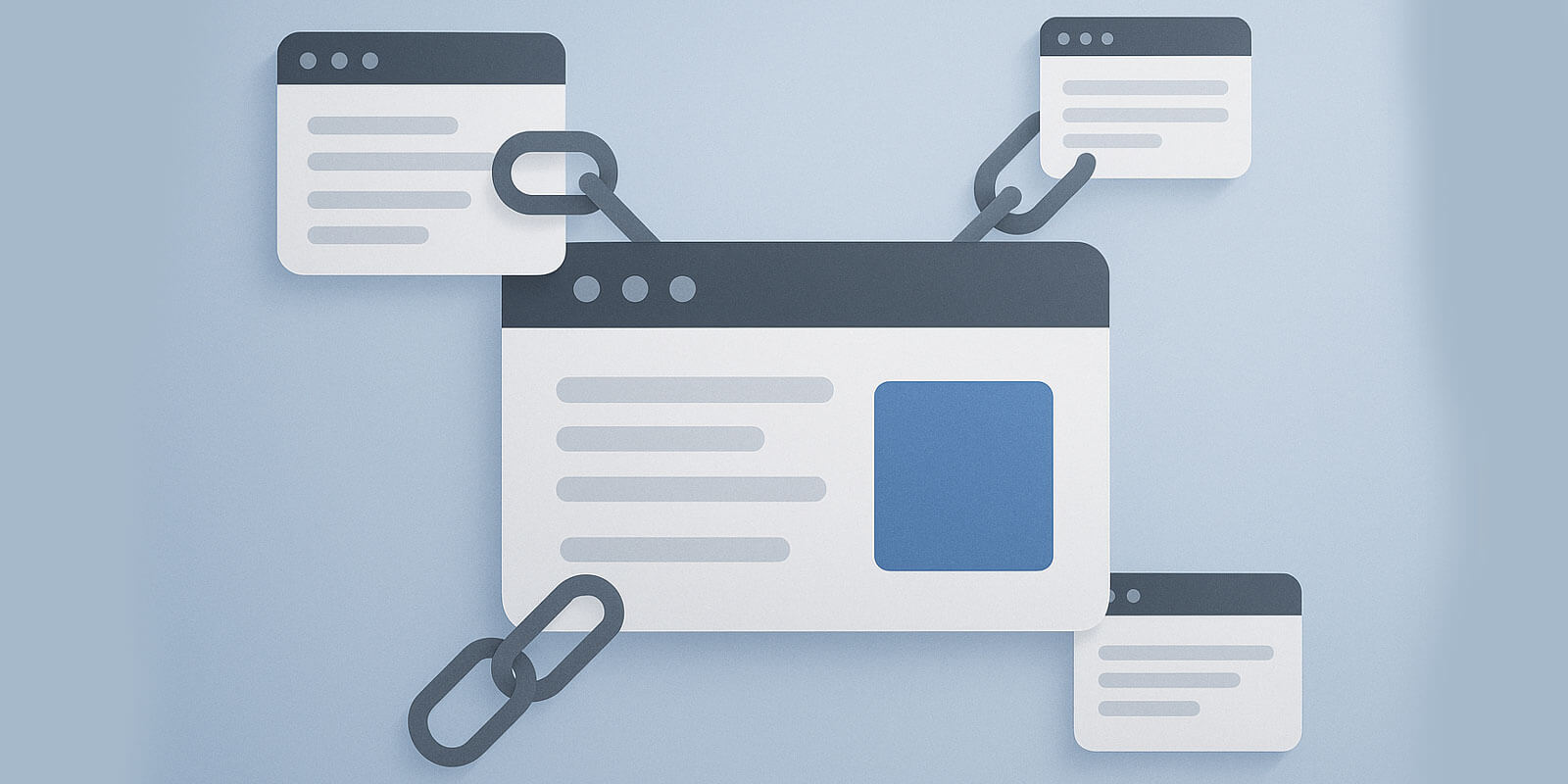| Riyadh, Saudi Arabia — Nov 06, 2025
The Future of Backlinks: Quality Over Quantity
For years, backlinks have been one of the strongest signals for Google’s ranking algorithm. They act as votes of confidence from one website to another, suggesting that your content is valuable and trustworthy. But as search engines continue to evolve, the focus has shifted from how many backlinks a site has to where those links come from and how relevant they are. The future of backlinks is about depth, not breadth — about earning links that truly matter. In the early days of SEO, link-building was often about quantity. Marketers would acquire as many links as possible, regardless of their origin. However, this strategy quickly led to spammy practices and low-quality networks that manipulated rankings. Over time, Google responded with updates like Penguin and Helpful Content, prioritizing genuine authority and context over volume. In 2025, those principles have matured into a more intelligent, intent-driven approach to link evaluation. Today, Google’s AI systems can assess not only where a backlink comes from but also why it exists. If a link appears naturally in a relevant, well-written article that provides context and value to users, it’s likely to improve rankings. On the other hand, links from irrelevant, outdated, or manipulative sources may be ignored entirely. This means businesses need to focus on earning backlinks, not just building them. The strongest backlinks now come from topical authority — websites that are respected within a specific niche. For instance, a link from a medical journal to a health product site is far more valuable than dozens of links from unrelated blogs. This context-driven authority model ensures that backlinks enhance subject credibility rather than inflate numbers artificially. Another critical factor in 2025 is content-driven link acquisition. Instead of cold outreach or buying placements, brands are creating high-value content that others naturally want to reference. This includes in-depth guides, original research, infographics, and interactive tools. Such assets attract organic links because they offer something unique and useful to audiences and publishers alike. Digital PR is also reshaping backlink strategies. Collaborations with media outlets, participation in industry reports, and thought leadership articles on reputable sites are now the most sustainable ways to gain exposure and authority. Public relations and SEO are converging, creating an environment where visibility and credibility reinforce each other. Social signals, though not direct ranking factors, still play an indirect role in link-building. Content that gains traction on platforms like LinkedIn, X, or Reddit is more likely to be discovered and linked by publishers or bloggers. Engagement, shares, and mentions amplify brand reach, making link acquisition a natural extension of a broader content strategy. In 2025, Google’s focus on E-E-A-T — Experience, Expertise, Authoritativeness, and Trustworthiness — continues to shape how backlinks are valued. A link from an authoritative expert in your industry holds far more weight than one from a generic content aggregator. Building relationships with credible voices, getting cited in interviews, and featuring in expert roundups can strengthen both link quality and perceived trust. AI tools are also influencing how marketers analyze and acquire backlinks. Predictive analytics can now identify high-value link opportunities, while natural language models assess contextual relevance before outreach. This data-driven precision allows brands to target fewer but higher-quality sources, optimizing their link profiles more efficiently. Another emerging trend is the rise of semantic linking, where the meaning behind the connection matters more than the hyperlink itself. Search engines now interpret the relationship between linking pages, looking for thematic alignment rather than simple anchor text matches. A backlink surrounded by relevant, semantically related content is far more impactful than one dropped randomly in unrelated text. However, the future of backlinks is not just about SEO metrics. It’s about building credibility ecosystems. Every link should serve a purpose — whether to educate, connect, or enhance authority. Over time, this builds a digital footprint of authenticity that algorithms can recognize and reward. The days of mass link exchanges and spam directories are long gone. Modern SEO demands authenticity, value, and strategic intent. In 2025, it’s not the number of backlinks that defines success but the integrity and relevance behind each one.
